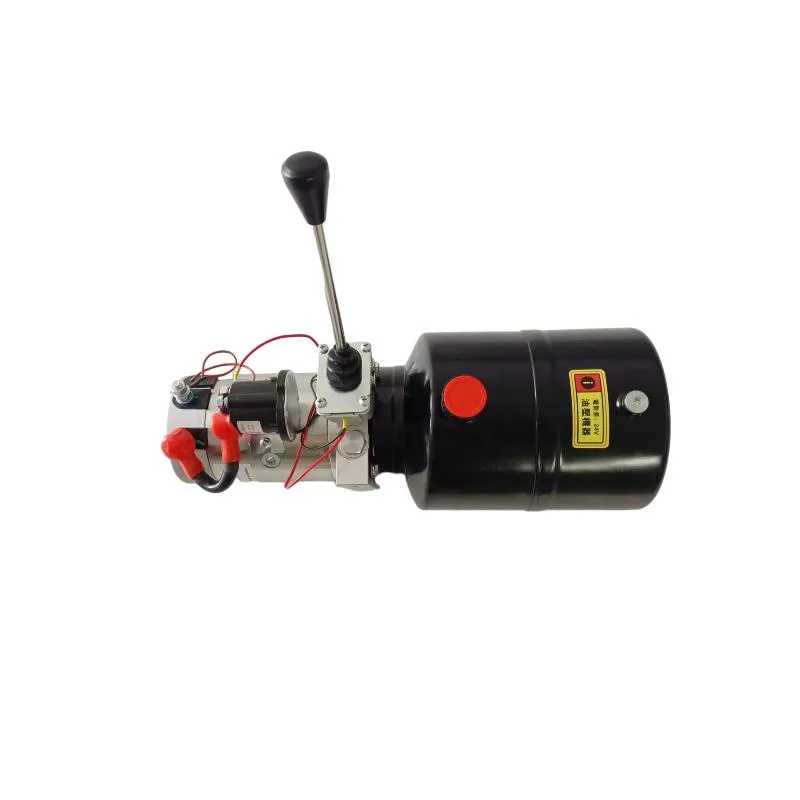Aug . 07, 2024 06:30 Back to list
Exploring the Benefits and Applications of Hydraulic Cylinder Bushings for Enhanced Performance
Understanding Hydraulic Cylinder Bushings Essential Components for Efficiency
Hydraulic systems are pivotal in various industrial applications, spanning construction, manufacturing, and automotive sectors. Within these complex systems, hydraulic cylinder bushings play a vital role in ensuring smooth operation and enhanced performance. This article delves into the significance, types, materials, and maintenance of hydraulic cylinder bushings, illuminating their crucial contribution to hydraulic efficiency.
The Role of Hydraulic Cylinder Bushings
Hydraulic cylinder bushings serve as critical components that support and guide the moving parts of hydraulic cylinders. They minimize friction and wear, facilitating smoother movement of the piston within the cylinder. This not only enhances the overall efficiency but also increases the longevity of the hydraulic system. By absorbing shocks and providing a stable surface for the piston rod, bushings help maintain consistent performance, crucial for high-pressure applications.
Types of Hydraulic Cylinder Bushings
There are various types of hydraulic cylinder bushings, each designed to cater to specific operational needs
1. Bronze Bushings Known for their durability and excellent wear resistance, bronze bushings are a popular choice in high-load applications. They provide adequate lubrication and withstand extreme conditions, making them suitable for heavy machinery.
2. Plastic Bushings Lightweight and resistant to corrosion, plastic or polymer bushings are ideal for applications where weight reduction is essential. They offer low friction coefficients and are often used in hydraulic systems subjected to vibration.
3. Composite Bushings Combining the best properties of both metal and plastic, composite bushings are engineered for high-performance applications. They possess excellent wear resistance and can operate effectively under a range of temperatures.
4. Steel Bushings Steel bushings are robust and capable of handling heavy-duty applications. Typically coated with a material such as chromium to reduce friction and wear, steel bushings are often found in environments where high strength is paramount.
hydraulic cylinder bushings product

Materials Used in Hydraulic Cylinder Bushings
The choice of material for hydraulic cylinder bushings is crucial, as it directly influences the component's performance and lifespan. Common materials used for manufacturing bushings include
- Bronze Offers a good balance between strength and wear resistance. - Thermoplastics Such as nylon or PTFE, known for low friction and corrosion resistance. - Iron and Steel alloys For high tensile strength applications, often treated to improve wear resistance.
Each material comes with distinct advantages and disadvantages, influencing factors such as cost, operating environment, and expected service life.
Maintenance of Hydraulic Cylinder Bushings
Proper maintenance of hydraulic cylinder bushings is essential to maximize their lifespan and performance. Regular inspection for wear and damage is crucial, as early detection can prevent more significant issues down the line. Key maintenance practices include
- Lubrication Ensuring that bushings are adequately lubricated can reduce friction, protect against wear, and enhance efficiency. - Alignment Checks Misalignment can lead to uneven wear and premature failure of bushings. Regular alignment checks can mitigate this risk. - Debris Removal Keeping the hydraulic system clean from contaminants can prolong the life of bushings, as debris can cause scratches and wear.
Conclusion
In summary, hydraulic cylinder bushings are indispensable components that ensure the smooth operation of hydraulic systems. With various types and materials available, choosing the right bushing is essential depending on application needs. By prioritizing regular maintenance and understanding their importance, industries can enhance the performance and longevity of their hydraulic equipment, leading to increased efficiency and reduced operational costs. Overall, the role of hydraulic cylinder bushings cannot be understated in the quest for optimized hydraulic performance.
-
1.5 Ton Flipping Oil Cylinder 70/82-40-217-720-Hebei Shenghan Hydraulic Machinery|Precision Hydraulic Cylinder,Custom Hydraulic Solutions
NewsAug.29,2025
-
1.5 Ton Flipping Oil Cylinder 70/82-40-217-720 | Hebei Shenghan Hydraulic Machinery Co., Ltd.
NewsAug.29,2025
-
High-Precision [90/105-50-180-480] Industrial Component | Durable & Reliable
NewsAug.27,2025
-
High-Performance Set of 50/60-45-290 471 | Durable & Reliable Components
NewsAug.26,2025
-
Efficient Pallet Truck Power Units - Reliable Hydraulic Systems
NewsAug.25,2025
-
Premium Set of 50/60-45-290 471 Parts | High Performance
NewsAug.24,2025
